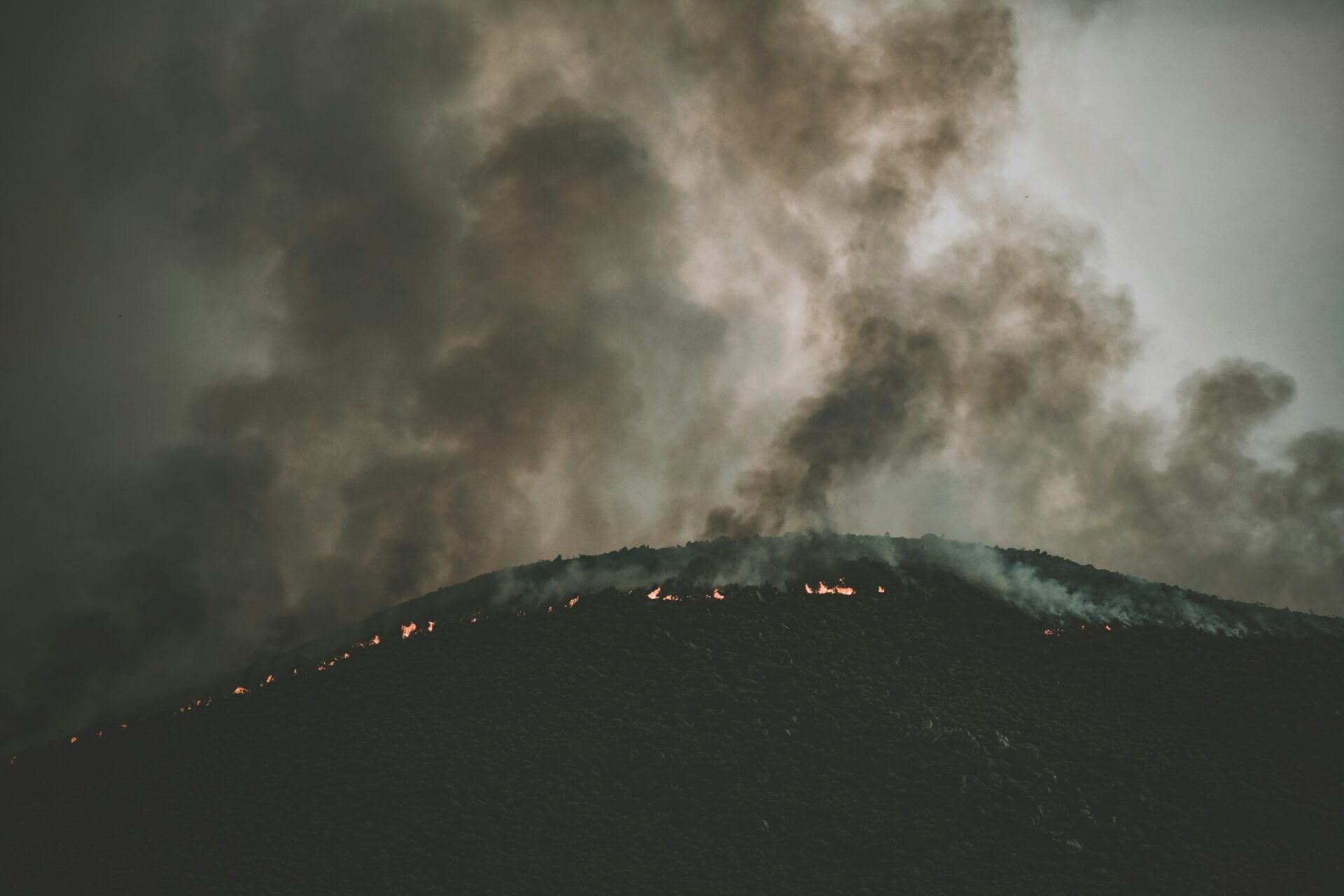“Although naturally occurring wildfires have been infrequent in Chile (1), human-caused ignitions, flammable plantations, and prolonged droughts now make the region one of the most fire-prone areas in the world (2). In February, a record-setting wildfire burned through thousands of hectares of dry, stressed vegetation in the Valparaiso region (3), destroying thousands of homes and lead-ing to 133 human fatalities (4). Chile must take steps to mitigate the disastrous impacts of such wildfires (5). Central Chile has experienced an intense and uninterrupted drought since 2010, which has increased the size and severity of human-caused wildfires (6-8). In the Valparaíso region, large and catastrophic fires have bumed frequently at the interface of wildland and urban areas during the past few years (9, 10), and the 2024 Val paraíso hills wildfire was the most damaging (4). Starting inside the Lago Peñuelas National Reserve, the allegedly intentional fire rapidly propagated as a result of high temperatures, low humidity, strong winds, and abundant dry fuels (11). A rugged topography with unregulated housing development, lack of vegetation management, and fire-prone pine and eucalyptus plantations created the perfect ingredients for the spread of this catastrophic fire (II). Predictions indicate that fire weather conditions in central Chile will remain favorable to mega-fires (12). Mitigating the threat of wildfire will require robust governance and land-use planning. Chile must create less fire-prone landscapes by restoring and man-aging native forest vegetation and removing highly flammable forest plantations, especially those close to wildland-urban area interfaces. Reducing fire-prone landscapes should include prohibiting the conversion of recently burned native forests into exotic forest plantations or new urban developments. The government should also strengthen fire prevention programs to reduce human-caused ignitions. Property owners and the Forest Service must share responsibility to reduce flammable fuels and to build defensive firebreaks at the interface of wildland and urban areas. Multiple measures will be required to increase resilience and safety in the face of climate change and extreme wildfire events.”
Chile’s Valparaíso hills on fire


